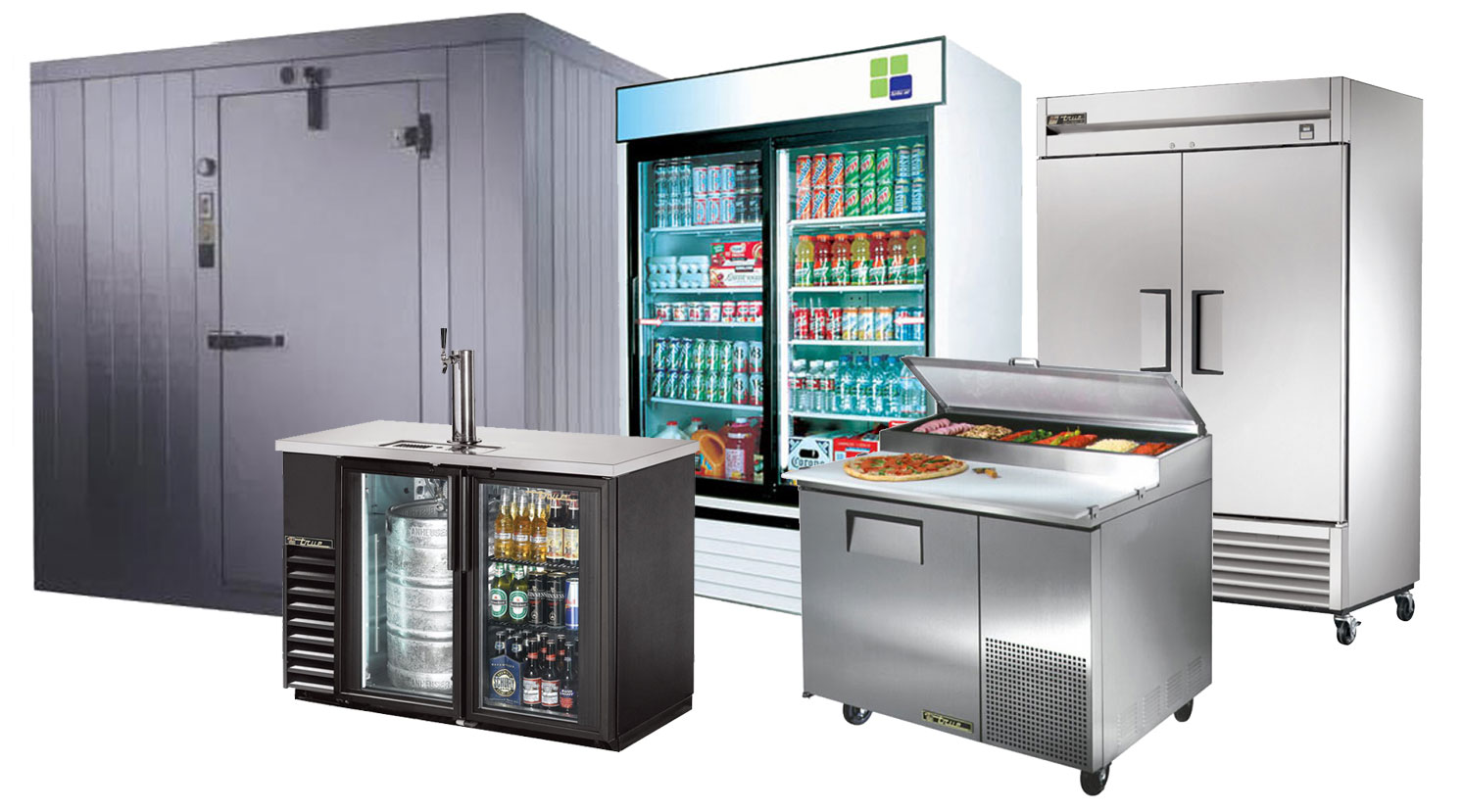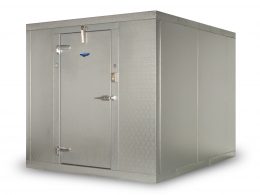Since their creation in 1845, ice machines have become more advanced pieces of machinery. Many newer icemaker models now feature digital technology to help you keep your machine in great working condition.
While these advancements in ice makers are convenient, they have not changed how ice makers work. While there are new functions when it comes to icemakers, the ice-making process has remained mostly the same since it was first designed.
At Fugh Refrigeration, we are the ice maker experts and have put together a guide to help you understand how icemakers work and how we can keep them running in great condition!
What are the Components of Ice Making?
Your modern refrigeration unit is comprised of the following:
Compressor
This is the part of the ice maker that heats and pressurizes the refrigerant to prepare it for rapid expansion later in the process.
Condenser
The condenser works to change the refrigerant from vapor to liquid. This is made up of a series of metal tubes inside of the ice maker. The refrigerant passes through these metal coils, migrating heat away from the refrigerant to cool it.
The cooling process is completed by forcing air or running water over these hot coils. The heat is absorbed by the air or water and then ejected from the machine. This allows the refrigerant to lower in temperature so it can be changed from a high-pressure vapor to a high-pressure liquid.
Expansion Valve
The thermostatic valve is used to release the pressure in the refrigerant through a process called rapid expansion. The ice machine works to produce a batch of ice using a process called adiabatic cooling. During this process, a highly pressurized substance expands, and this change in pressure causes the substance to cool off quickly.
During ice making, the rapid expansion transforms the refrigerant from a high-temp, high-pressure liquid to a low-temp, low-pressure liquid.
Evaporator
This is where the water freezes and produces ice. The low-pressure liquid enters the evaporator where the heat from the water migrates through the evaporator place and into the refrigerant. As the water flows over the evaporator, it will start to cool to the point of freezing, eventually freezing into the shape of an ice cube.
Once completely frozen, the machine will begin a harvest cycle to gather ice. The machine will use room temperature water or hot gas to warm the evaporator prompting the ice to melt and release into the ice bin.
Refrigeration is circulated through each ice machine component to change the temperature throughout the ice-making process.
What Does Refrigerant do for an Ice Maker?
Refrigerant is to an ice machine like blood is to the human body. It is vital to the operation of the machine. All modern refrigeration systems use some form of refrigerant in order to get water cold enough to freeze.
As it travels through the machine, it is heated and cooled and changes from a liquid to a vapor and back to a liquid again. Once the refrigerant reaches the evaporator, it will be in the form of low-pressure, low-temperature liquid. The heat in the water will migrate toward the cold refrigerant, which works to lower the water temperature to the freezing point.
Why is Maintaining and Cleaning an Ice Maker Curical?
If any of the above components were to fail, your machine would not perform at its full capacity resulting in less ice production or, in some cases, no ice production at al. This is why cleaning your commercial ice machine and having Fugh Refrigeration perform routine maintenance is key.
At Fugh Refrigeration, we can perform two preventative maintenance and cleaning visits per year or as needed to ensure all your ice maker components are in their best working order.
Contact us today to learn more!
About The Author
Ben Lutz is the owner of Fugh Refrigeration, has decades of experience in the HVAC/R industry, and has managed many heating, cooling, and refrigeration technicians over the years.


 See a selection of equipment that is currently available.
See a selection of equipment that is currently available. New customer to Fugh Refrigeration?
New customer to Fugh Refrigeration?
